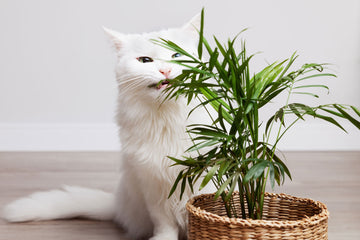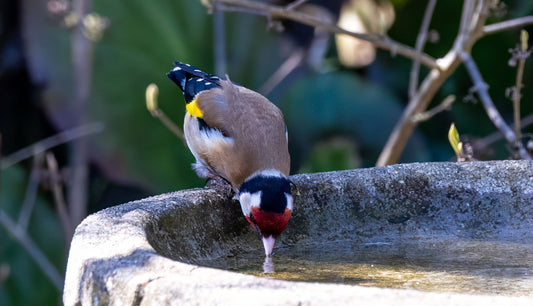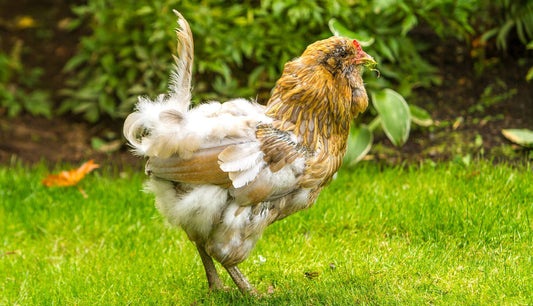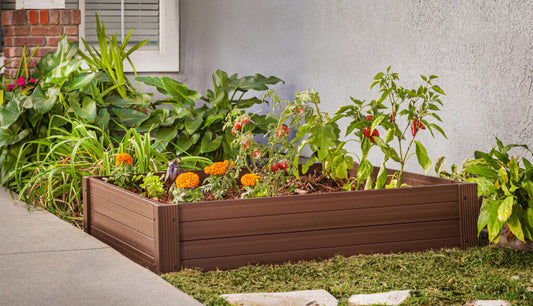
Safe Spaces: How to Successfully Set-up, Install, and Maintain an Outdoor Cat House
Caring for a feral or outdoor cat has its own rewards and is very different from owning a pet cat. Feral cats rarely engage with humans and prefer to live independent lives. You can make their lives easier with a shelter they can call home. In this article we will look at the components of a successful outdoor cat house installation.
Outdoor Cat House Set-up
The way you set up your outdoor cat shelter will have a lot of impact on whether a cat moves in or not. Here are some key points to consider when installing a feral cat house:
Location:
Place the cat house in a quiet and secluded area, away from busy roads and potential dangers.
Ensure that the location is accessible for the cats but still provides them with a sense of safety.
Out of the way, inconspicuous locations will keep the cat’s movements concealed. Position the cat house in an area that provides some cover or camouflage, making it less noticeable to predators. The more private the location, the better.
Orientation:
Face the entrance of the cat house away from prevailing winds to provide better insulation.
If possible, place the entrance so it doesn't face directly into the rain or snow. If you can make it so the entrance receives morning sun but shade at midday that will also help keep the cat warm in the morning but cooler in the afternoon.
Elevation:
Elevate the cat house slightly to prevent flooding during heavy rains. You can place the house on bricks or a platform to keep it off the ground. You may want to place the cat house on an elevated platform or in a location that is not easily accessible if larger predators are in the area.
Ventilation:
Provide proper ventilation to prevent condensation and keep the interior dry. You want to keep the cat house from being stuffy, but you don’t want it to have drafts. Include small vents or gaps near the top of the shelter.
Materials:
Choose durable and weather-resistant materials for the cat house, such as wood or plastic.
Make sure the materials are non-toxic and safe for the cats. Apply weatherproofing materials to ensure the cat house can withstand various weather conditions.
Cat House Size:
The cat house should be large enough to accommodate the cat comfortably but small enough to retain heat. Provide enough space for the cat to turn around and stretch out. An interior space between 15 to 20 inches is ideal.
Entrance:
Ensure that the cat house has a properly sized entrance that allows easy access for the cat but is small enough to keep out larger animals. A 6 to 7-inch square should be sufficient. The shelter should have 2 entry/exit points, this gives kitty an exit strategy if they are harassed by a predator. Add a flap or door cover by attaching a piece of heavy plastic or vinyl to the entrance to create a flap that the cat can push through. Remember they must be able to push through in both directions. This helps to keep the cold air out and the warmth in.
Cleaning:
Make the cat house easy to clean. Consider hinged roofs or removable lids to facilitate cleaning and maintenance. Periodically inspect the interior to ensure that the bedding remains dry and comfortable. Replace any wet or soiled bedding promptly. The house does not have to be spotless, but you should remove any unsanitary elements.
Feeding Area:
If possible, place the cat house near a designated feeding area to provide easy access to food and water. If you provide food for the feral cats, do not place it too close. Do so in a way that minimizes the risk of attracting predators. Consider using elevated feeding stations or timed feedings during the day.
What To Put Inside Your Outdoor Cat House
The goal when furnishing a feral cat house is to make it comfortable and inviting while providing insulation against the elements. Here are some items you can consider putting inside a feral cat house:
Bedding:
Straw is an excellent insulator and does not retain moisture as much as blankets or towels. It provides warmth and helps keep the interior dry. Avoid hay, as it can mold. If possible, elevate the bedding slightly on a platform to prevent it from coming into direct contact with the cold ground. While straw is preferred for its insulation properties, adding a layer of softer bedding, such as a fleece blanket, can make the interior more comfortable as long as it is kept dry.
Insulation:
Use insulation materials to help retain the cat's body heat. Blankets, straw, or specialized insulation can be used. Avoid using materials like towels or blankets that can absorb moisture and become damp. Try reflective insulation that can help trap and reflect the cat's body heat, providing extra warmth. Placing foam boards on the walls or floor of the cat house can also add an extra layer of insulation. Adding layers of cardboard to the walls is a low-cost way to help trap heat and create a more insulated environment.
Heated Pads:
In colder months, consider using Heated pads or discs designed for outdoor use. Ensure it's safe and suitable for cats and follow the manufacturer's instructions.
Catnip or Cat Attractant:
Sprinkle a small amount of catnip or a cat attractant inside to encourage the cat to enter and explore.
Remember that feral outdoor cats may have their preferences, and it might take some time for them to get accustomed to the shelter. Providing a comfortable and warm environment will increase the likelihood of outdoor cats using the house, especially during colder months. Caring for an outdoor cat can be as rewarding for you as it is beneficial for your new feline friend.










